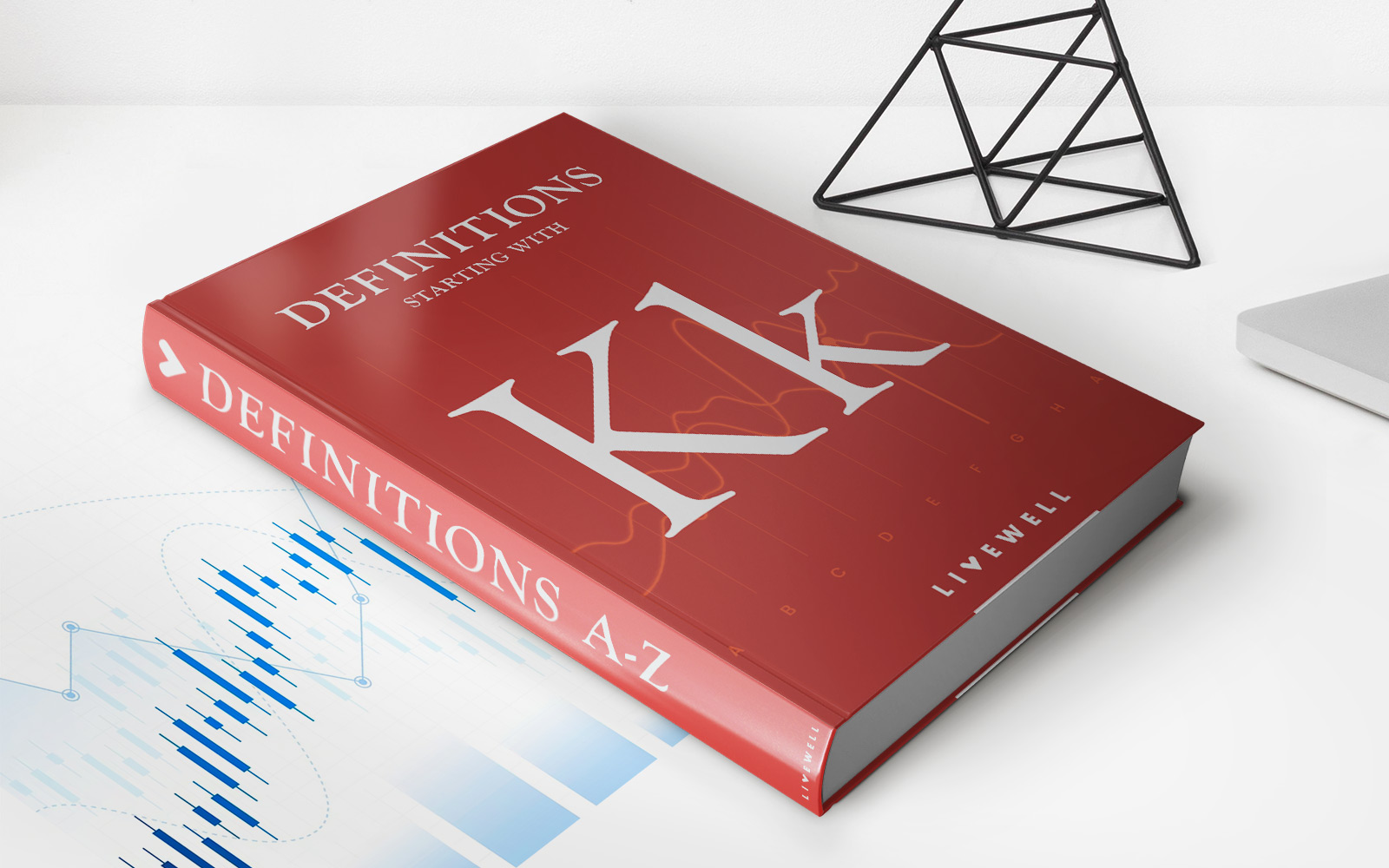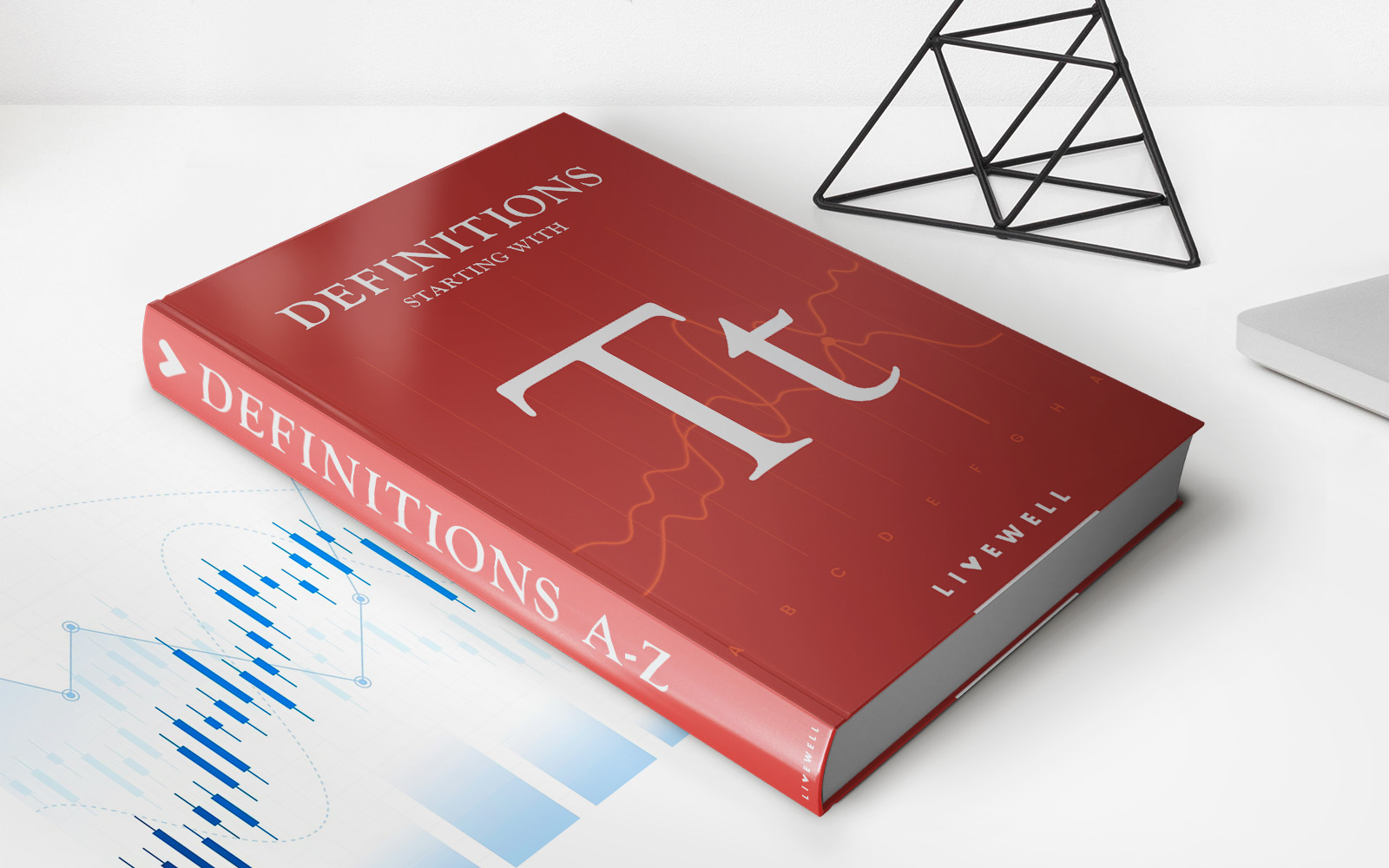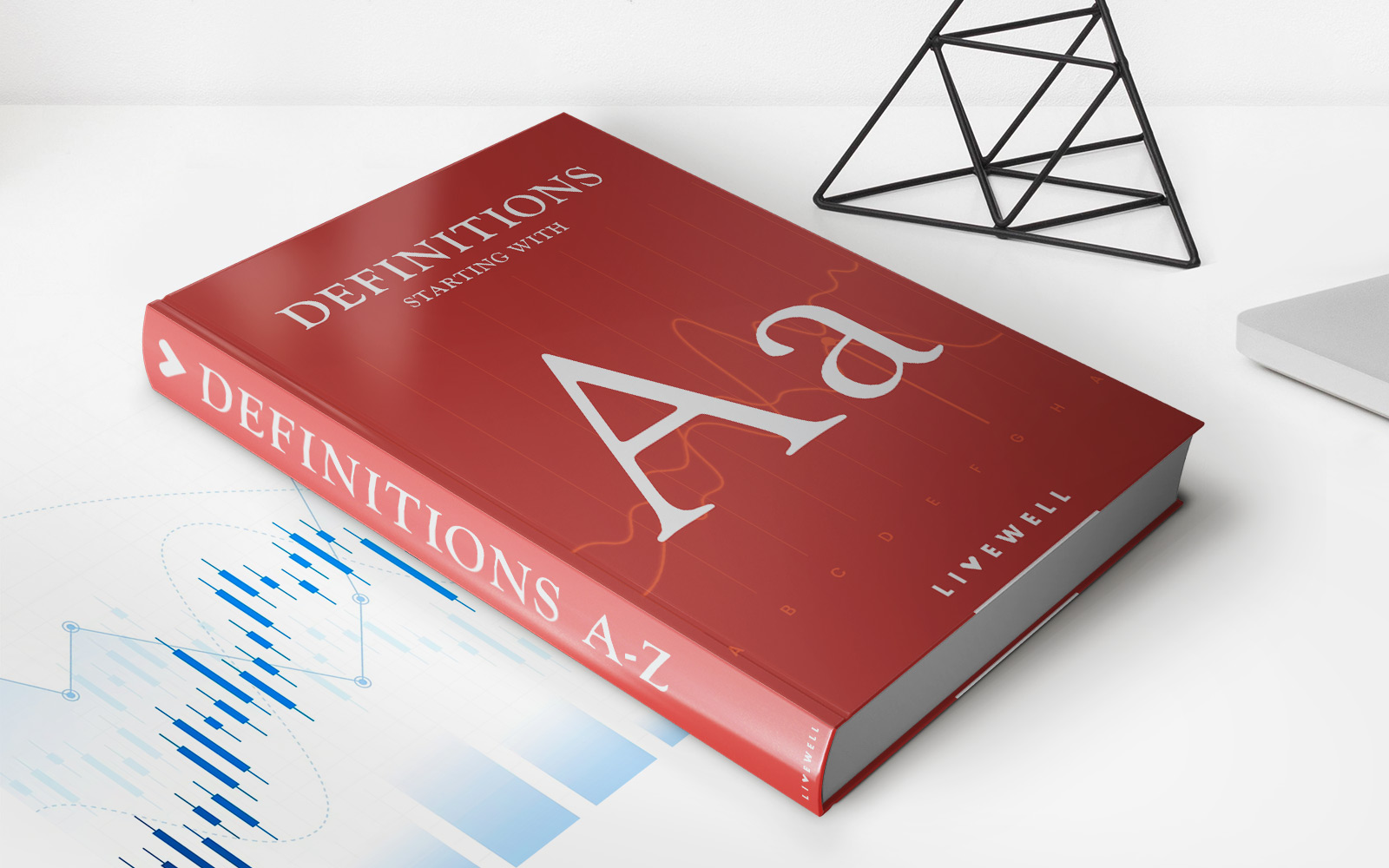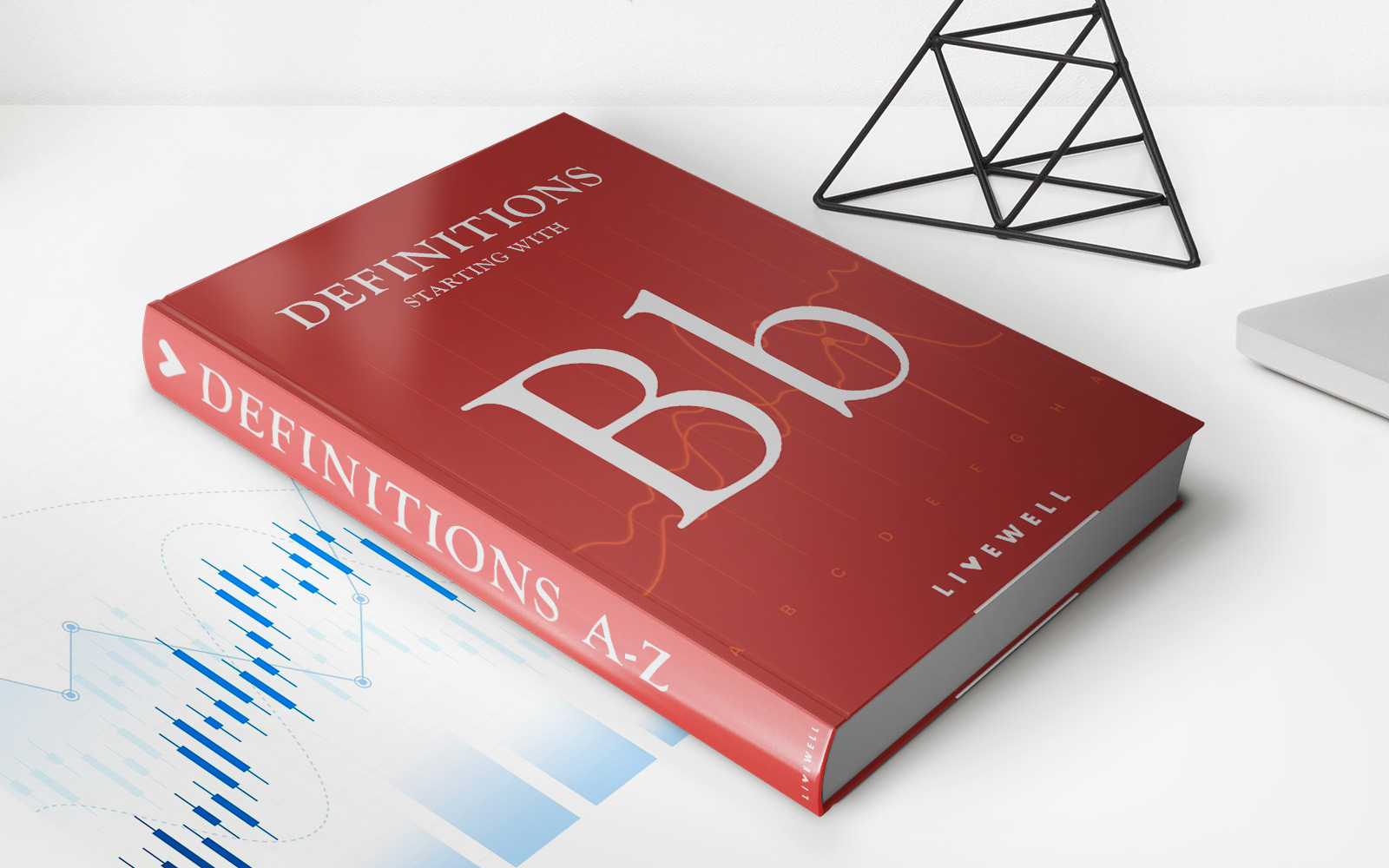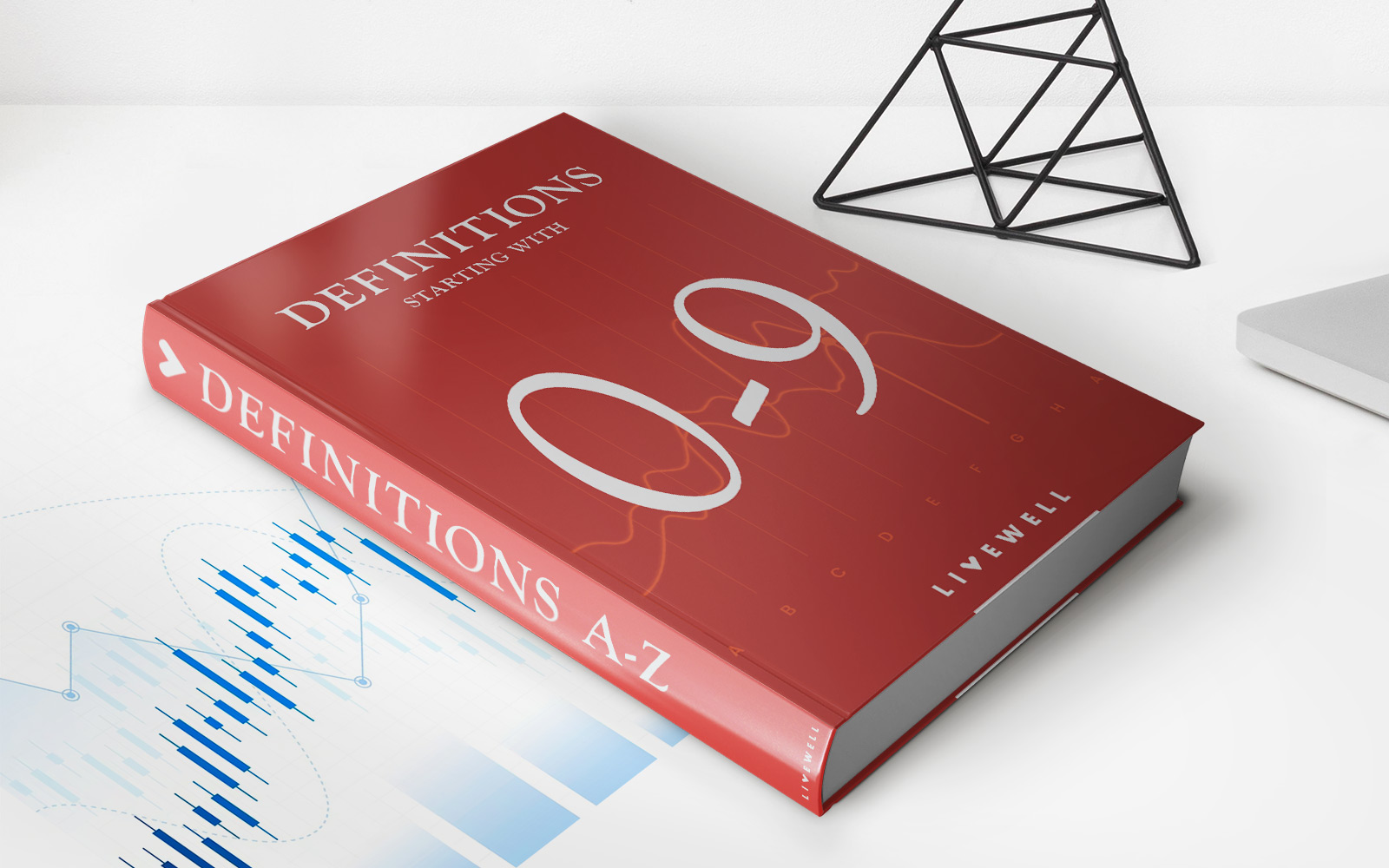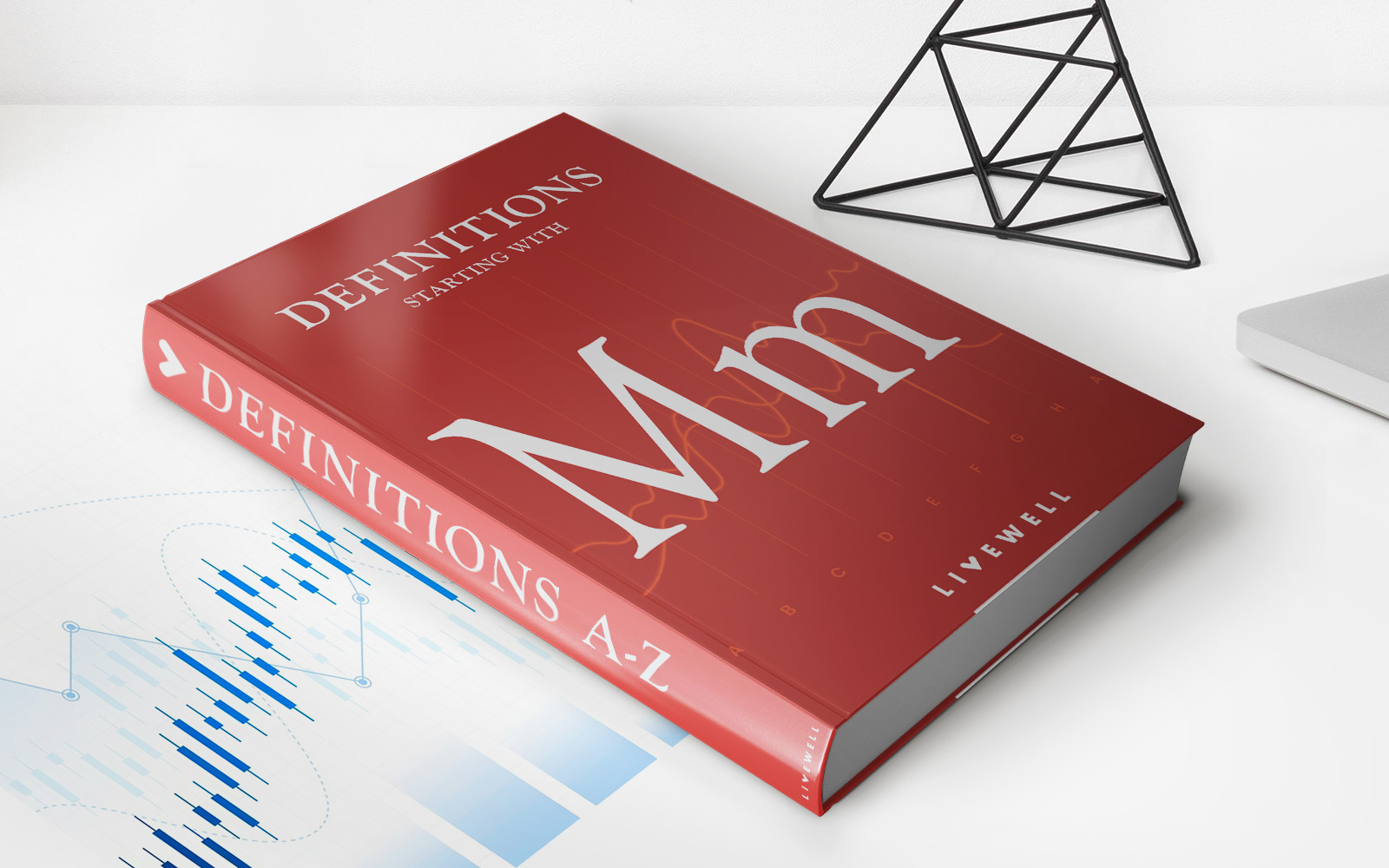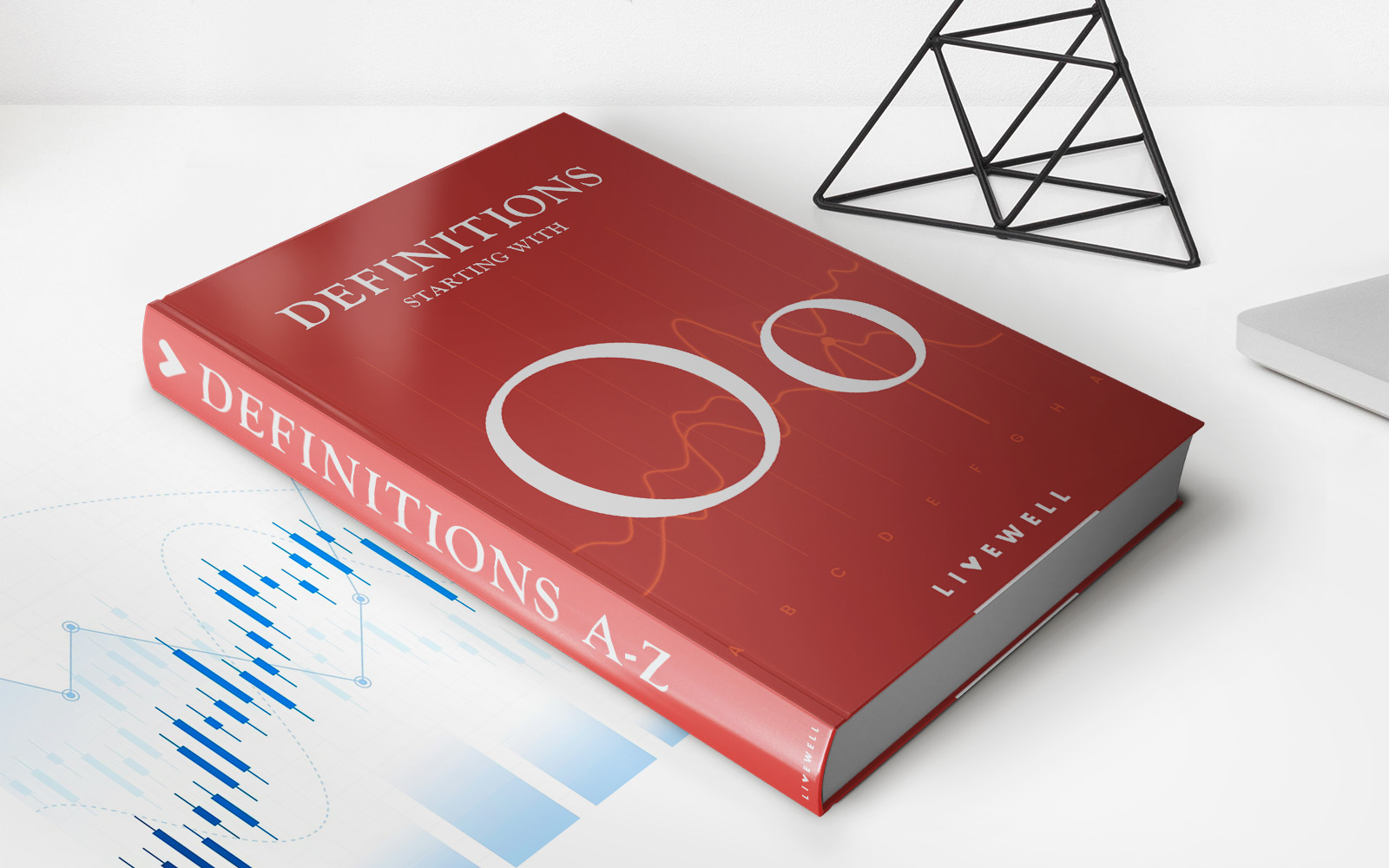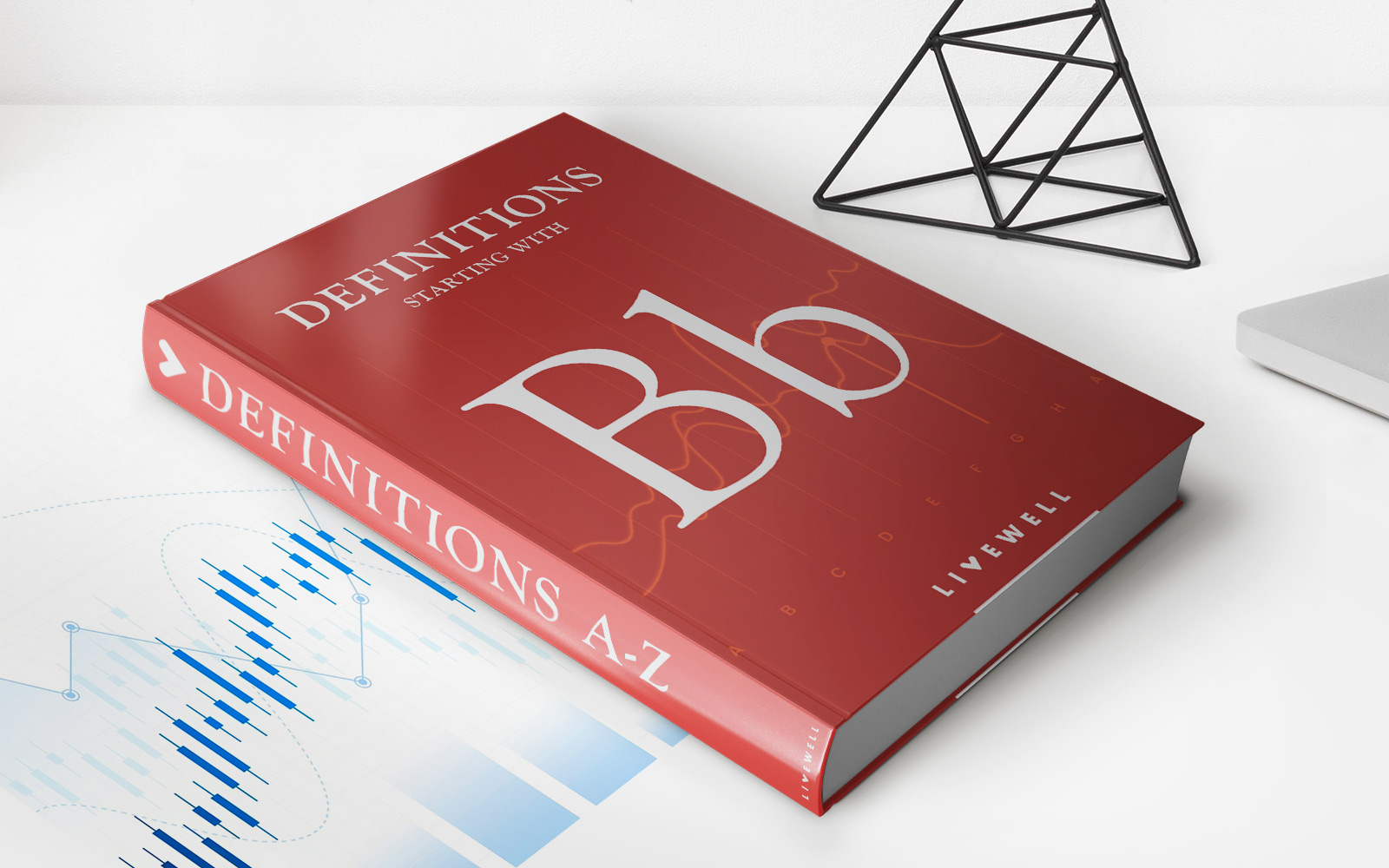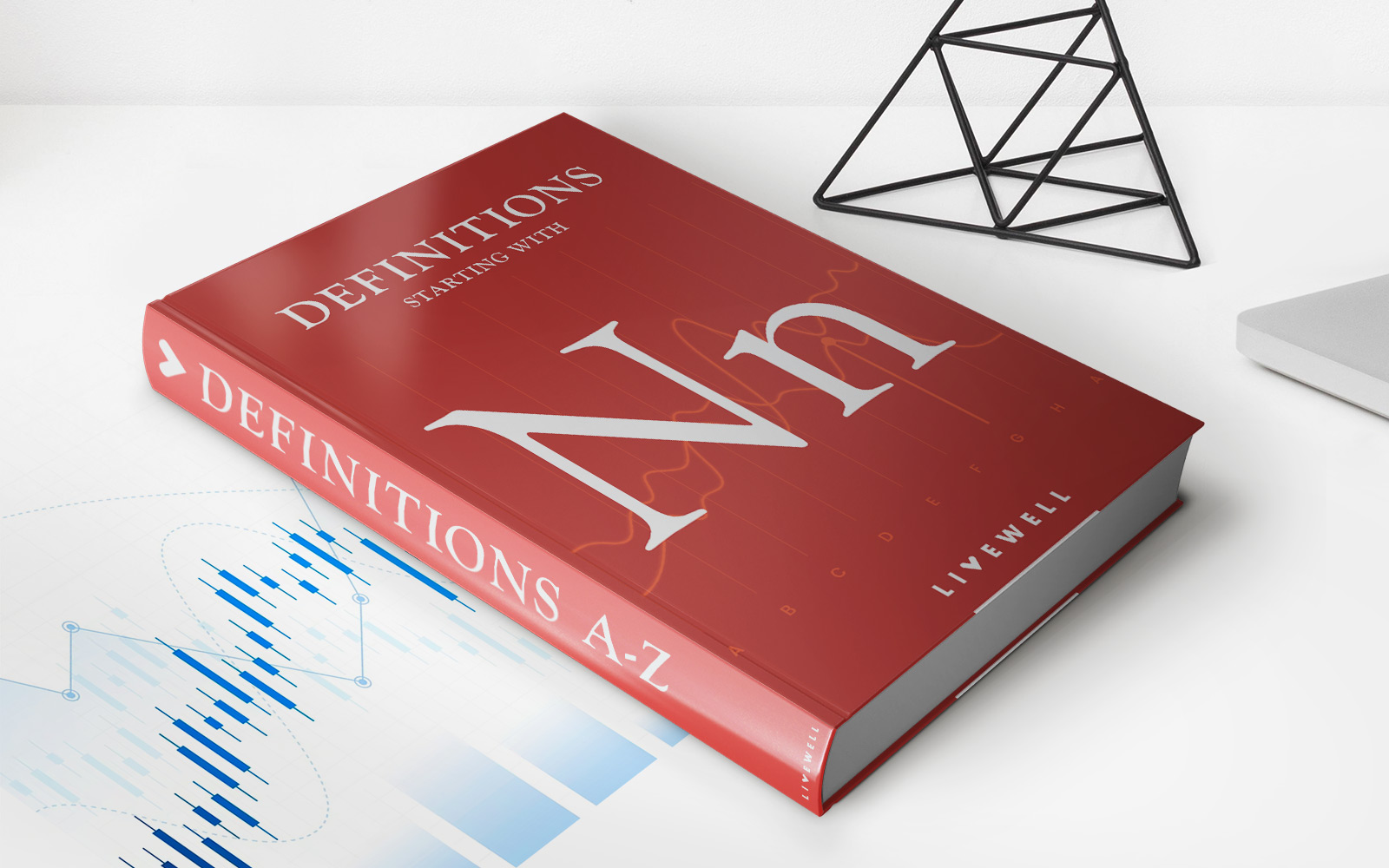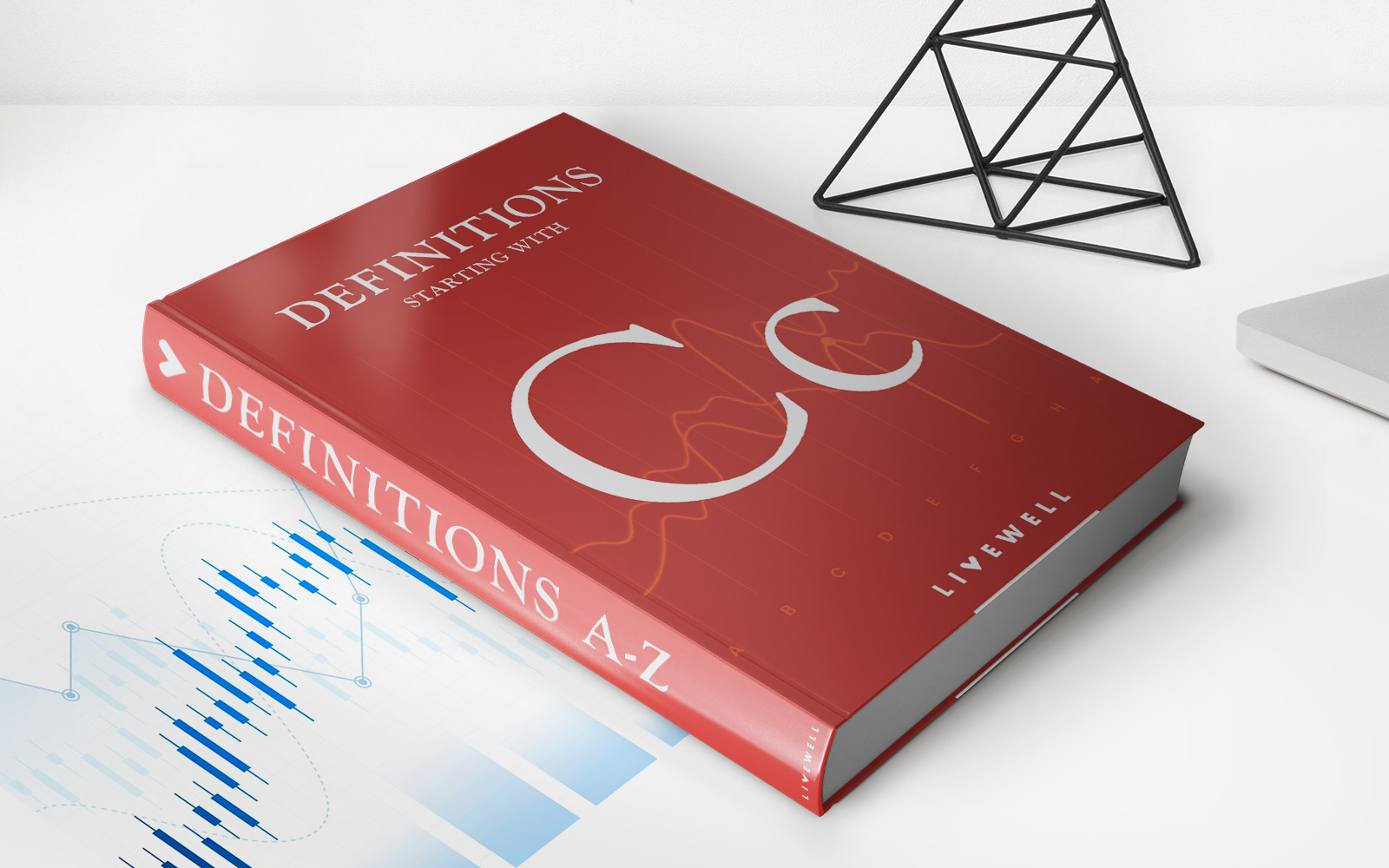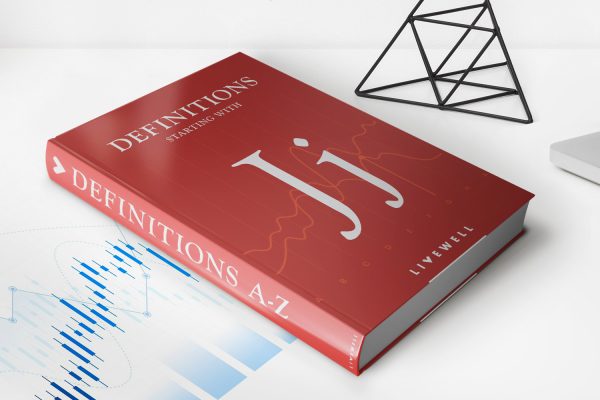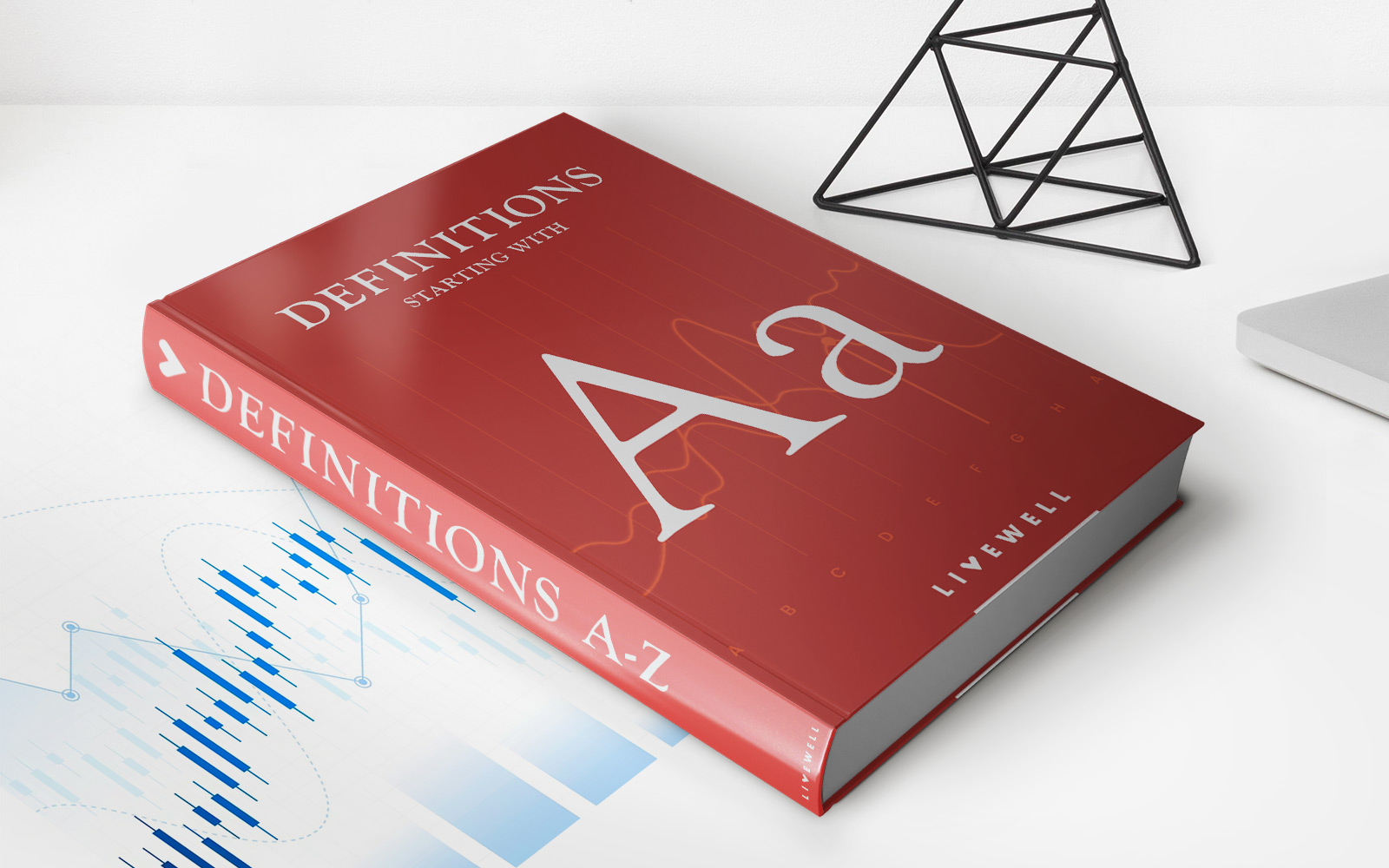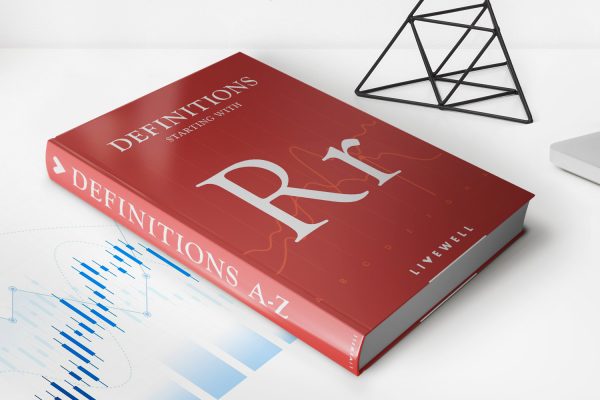
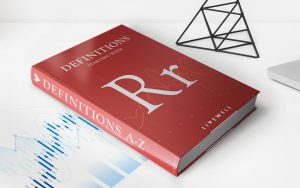
Finance
Roth Ordering Rules Definition
Published: January 22, 2024
Learn the rules of Roth ordering in finance and understand how they can impact your investments. Maximize your financial gains with effective Roth ordering strategies.
(Many of the links in this article redirect to a specific reviewed product. Your purchase of these products through affiliate links helps to generate commission for LiveWell, at no extra cost. Learn more)
Roth Ordering Rules Definition: Optimizing Your Retirement Savings
When it comes to retirement savings, one common strategy is to have a mix of traditional and Roth accounts. This allows you to have both taxable and tax-free income during retirement. But do you know how to effectively manage your retirement withdrawals to minimize your tax burden? Understanding the Roth ordering rules is key to optimizing your finances in retirement. In this blog post, we will define the Roth ordering rules and provide you with helpful insights to make informed decisions about your retirement savings.
Key Takeaways:
- Roth ordering rules determine the sequence of withdrawals from different retirement accounts.
- By following the rules, you can manage your tax liability efficiently and potentially maximize your retirement savings.
What are Roth Ordering Rules?
The Roth ordering rules refer to the sequence in which you must withdraw funds from different types of retirement accounts, particularly traditional and Roth accounts, during retirement. These rules impact the taxation of your withdrawals and can significantly impact your retirement income and tax liability.
Here’s a breakdown of the Roth ordering rules:
- Required Minimum Distributions (RMDs): Traditional retirement accounts, such as Traditional IRAs and 401(k)s, have required minimum distributions (RMDs) that must be taken by individuals once they reach the age of 72 (70 1/2 if born before June 30, 1949). These RMDs are subject to income tax.
- Roth Contributions: Roth contributions, including both principal and earnings, can be withdrawn tax-free at any time, provided you are at least 59½ years old and the account has been open for at least five years (the five-year rule).
- Roth Conversions: Roth conversions involve moving funds from a traditional retirement account to a Roth account. The converted amount is subject to income tax in the year of the conversion. Withdrawals of converted amounts are subject to the five-year rule and can be withdrawn tax-free once the five-year holding period is satisfied.
- Non-Qualified Distributions: After you have exhausted the tax-free withdrawals from your Roth accounts, any additional distributions are considered non-qualified and may be subject to income tax and early withdrawal penalties if you are under age 59½.
Why are Roth Ordering Rules Important?
Understanding and implementing the Roth ordering rules can have a significant impact on your retirement savings. By strategically withdrawing funds in accordance with these rules, you can potentially:
- Minimize your tax liability by optimizing your taxable and tax-free income streams.
- Maximize your retirement savings by capturing the benefits of tax-free income from Roth accounts.
Properly following the Roth ordering rules allows you to take advantage of the tax benefits associated with Roth accounts, ensuring that you make the most of your hard-earned retirement savings.
In Conclusion
Managing your retirement savings requires careful attention to tax strategies, and the Roth ordering rules play a crucial role in optimizing your financial position during retirement. By understanding the sequence of withdrawals from different retirement accounts, you can make informed decisions that minimize your tax burden and maximize your retirement income. Remember, consulting a financial advisor or tax professional can provide personalized guidance based on your individual circumstances.
